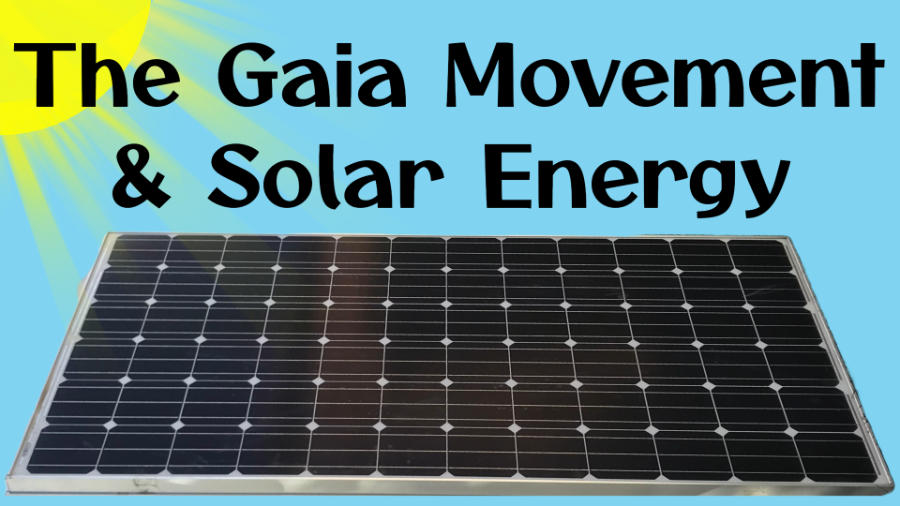WHAT WE HAVE is a world, where materials production and the corporate world can produce for their profit only and without caring for the waste they create and the damage it makes on animals, nature and people. It is largely accepted or tolerated, that they can do whatever they want until the government, some non-governmental groups or community organizations demand that they follow some minimal laws and regulations and even clean up after them.
WHAT WE WANT is a world, where materials production is always for the good and wellbeing of all people, animals and the planet.
Plastic a Serious Health Threat to People and Planet
Plastic is produced from oil.
Crude oil (fossil fuel) is extracted from the depth of the earth, brought to refineries and separated into many different liquids of which the most well-known are petrol and diesel.
Some of the products from refineries are treated with a bunch of toxic chemicals through different processes and thereby industries create longer chains, which are both very durable and flexible. Plastic is synthetic and thereby not biodegradable like other natural substances.
To know more about the manufacturing of plastic from oil see video below:
When plastic ends up as trash in nature, it can stay there for thousands of years while leaking toxic chemicals into our soil and water. It can break into smaller pieces and do deadly damage to birds and fish, who mistakenly eat them. By now 2019, 90% of all birds on our planet have some plastic pieces in their stomachs.
For more about plastics in the ocean and in birds see video below:
The first piece of plastic was made in 1850 by a scientist who made experiments with rubber.
Nobody found any use of the plastic substance until 1925.
From 1950 plastic was manufactured from oil and it became a big hit in many sectors: bottles, packaging, wraps, shopping bags, clothes, furniture, cars, phones, computers, laptops and more.
Just a few facts:
- Every piece of plastic that was ever produced (and not recycled) still exist today.
- A small plastic cup can last 80 years.
- Plastic buried under soil will last thousands of years.
- Americans use and trash 4 million plastic bottles every hour.
- USA recycles only 8% of all plastic
- Plastic water bottles make up the largest part of plastic waste
- BPA is toxic to humans and animals, but it is widely used to make plastics bottles and food trays (and more) durable.
BPA is a hormone disruptor and it can also change our DNA. Thus, it can lead to diabetes, cancer, obesity, depression and much more.
Here is how BPA can enter your body:
(Citation from Huffington Post)
1. Leaching from plastic containers like plastic bottles, cans lined with a plastic film containing BPA, food in plastic containers designed to be microwaved or boiled, Styrofoam trays on which meat sits absorb the styrene, food heated in styrene or hot food served in styrene. We know that heat, acidity of the food or drink, and how long the food or drink is stored in the plastic all increase leaching.
- Do not buy water in plastic bottles. Use own stainless-steel flask.
- Use glass cups.
- Use own coffee flask. Do not drink coffee from Styrofoam.
- Do not eat with plastic utensils.
- Do not buy or limit foods in plastic.
- Bring own shopping bags, do not use plastic bags
- Join www.4ocean.com
2. Cooking with plastic such as plastic cooking tools, Teflon coated pots and pans and “microwavable plastics.”
3. Chemicals like BPA have become so prevalent in our consumer products that we consume them from our hands when we eat – BPA is in- everything from cash register receipts to paper products.
4. Plastic pollution has entered our food chain because our waste is accumulating in the ocean where it is eaten by sea creatures that we eat. Every day, disposable plastics (bottles, bags, packaging, utensils, etc.) are thrown away in huge quantities after one use, but they will last virtually forever. Globally we make 300 million tons of plastic waste each year. Disposable plastics are the largest component of ocean trash. According to leading expert Charles Moore, founder of Algalita Marine Research Foundation, while by EPA’s latest report, 8.2 percent of plastics get recycled in America, and about 40 percent go to landfill, around 50 percent go unaccounted for when they become waste and much of that waste ends up in our oceans. In America alone, that’s 25 billion pounds of plastic that most likely ends up in our oceans according to Anthony Andrady, a leading scientific expert in plastics.
Apart from the chemicals such as BPA and Phthalates that are additives to the petroleum base of plastic, plastics are oliophillic (attract oil), absorbing oily toxins from the surrounding water (such as PCBs, partially burned hydrocarbons, like oil drops from cars, and pesticides, like DDT) and accumulating the toxins in concentrations up to one million times greater than those in the surrounding seawater. Algalita MRF has documented that our plastic waste, and presumably the toxins it concentrates, have entered our food chain. This means we are poisoning fish, an important source of protein, with our toxic waste.
For more information and advice read:
www.huffingtonpost.com/lisa-kaas-boyle/plastic-is-food-poisoning_b_5219189.html








